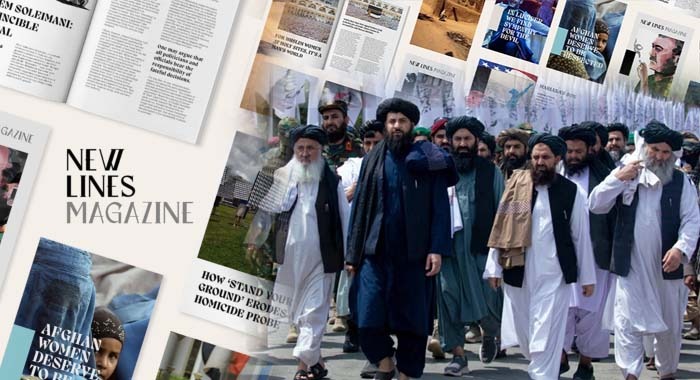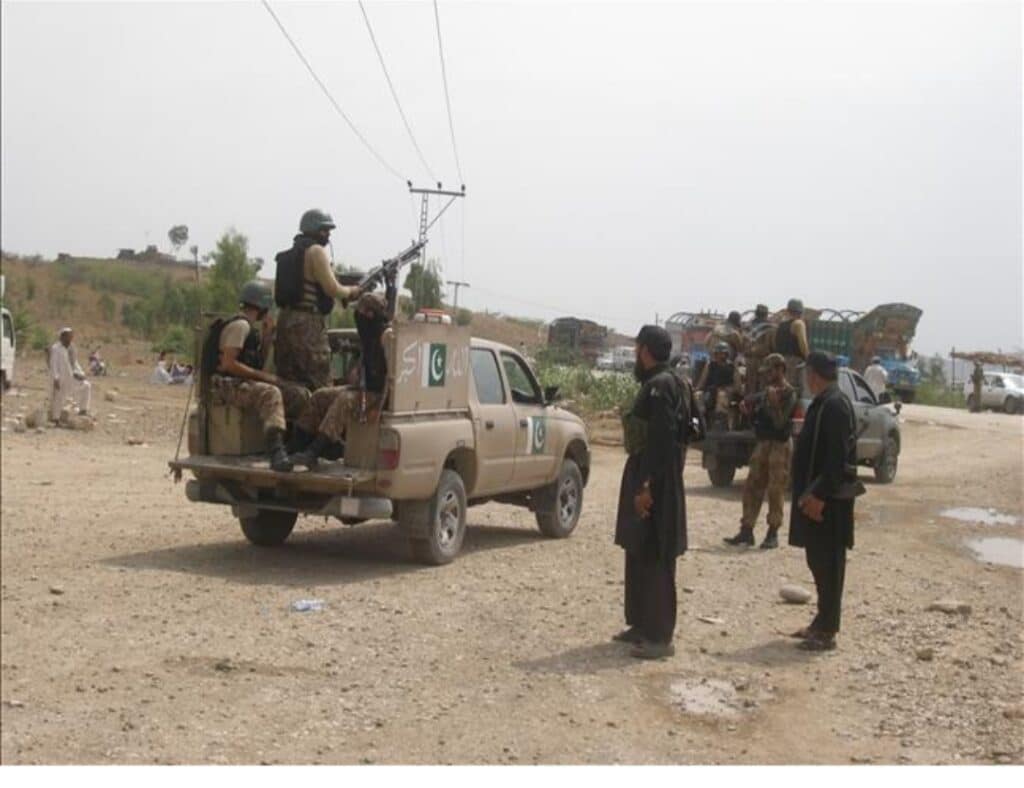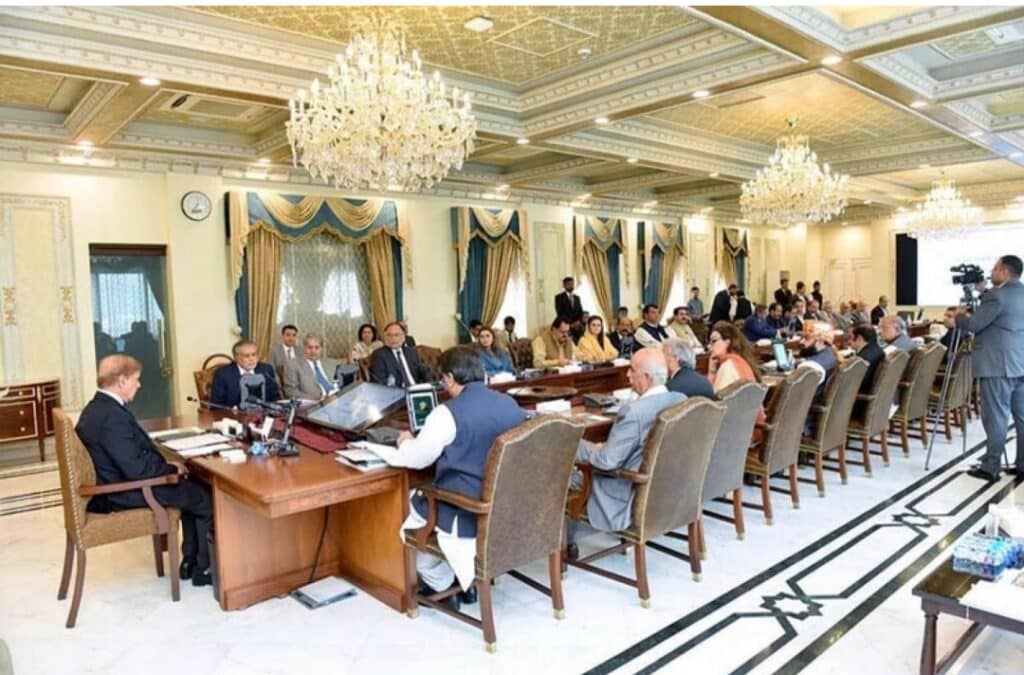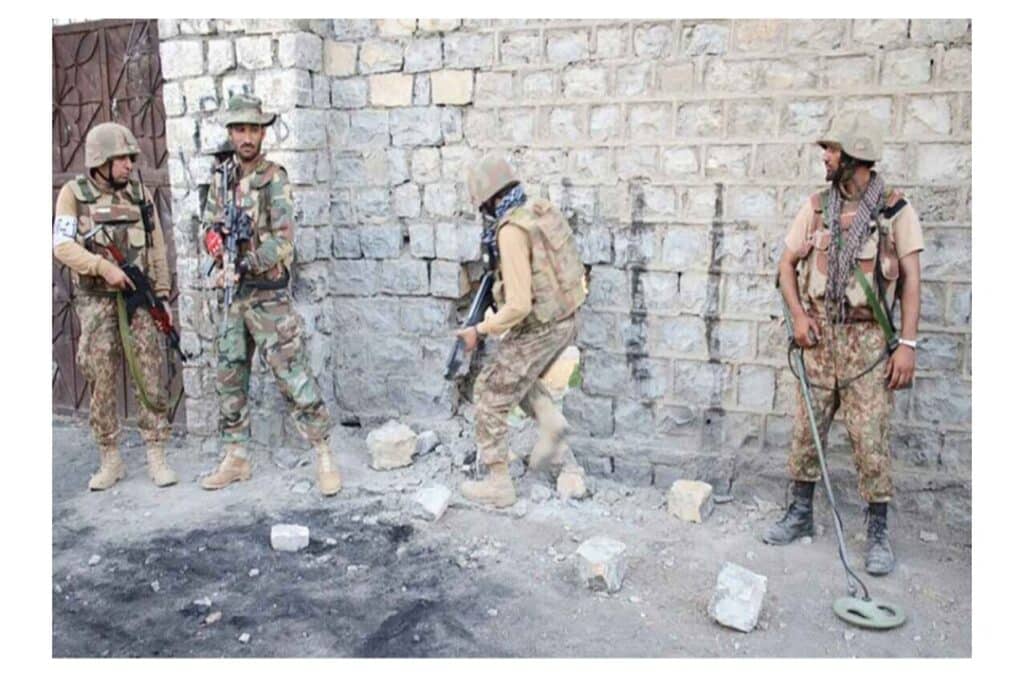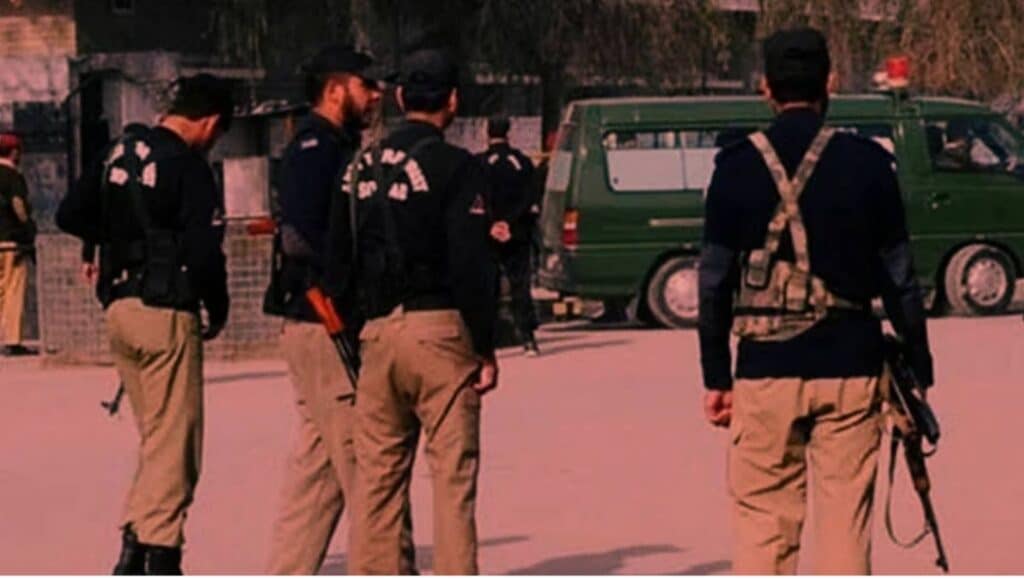A recent report in the American magazine New Lines claims that political contacts have resumed with Afghan figures opposed to the Taliban and that plans are being explored to reshape Afghanistan’s political landscape. The report goes as far as suggesting that regime change is being considered. But can such a sweeping allegation stand without examining ground realities, regional dynamics and the international positions that have been consistently articulated over the past two years.
The report cites multiple unnamed sources who link these alleged plans to shifting security calculations, the Taliban’s growing proximity to India and the rising threat of Tehreek e Taliban Pakistan. It presents meetings, conversations and past contacts as indicators of a broader political design. Yet it never explains why any state in the region, already bearing the burden of instability, would invest so heavily in diplomacy, regional partnerships and global consensus if destabilisation was an objective.
It is worth noting that similar claims have surfaced recently about plans for political engineering being prepared in a Central Asian Islamic country. That story also relied on unverified sources. Now New Lines introduces another speculative layer without addressing how such actions would align with regional priorities of stability, controlled borders and prevention of further displacement.
The report refers to discussions that allegedly took place during the fall of the Ghani government and to the re emergence of figures like Ahmad Massoud and Yasin Zia. But routine political engagement within Afghan circles is not unusual. These interactions occur across the region and are shaped largely by Afghan political groups themselves, who seek platforms, support or relevance in fast changing circumstances. Presenting these movements as proof of external engineering raises more questions than it answers.
New Lines also suggests that an external power could eliminate Taliban leaders one by one, citing experience and intelligence capability. This assertion ignores the fundamental question of why any actor would pursue a course that risks igniting a new power vacuum and triggering another wave of refugee flows. Regional states remain focused on preventing further conflict, not creating it. No explanation is offered for the contradiction between regional priorities and the scenario outlined by the magazine.
Opposition voices quoted in the report express their own mistrust and political considerations, which is natural for groups that have long contested the Taliban. Their views, however, do not independently validate the central allegation. They merely reflect their own caution and calculations.
The magazine concludes that battlefield conditions could change rapidly if certain groups received external support. But this projection sidelines the core reality acknowledged by almost the entire global community. Stability in Afghanistan depends on preventing terrorist groups from operating freely, protecting civilian rights and ensuring responsible conduct by those in control of Kabul. The European Union and Denmark have recently reaffirmed these expectations, which align with the broader international position.
If regional stability, counter terrorism cooperation and prevention of displacement remain the stated priorities of the world, can a claim of active regime change planning, presented without clear evidence, hold ground. The report raises dramatic possibilities, yet provides limited substantiation. The unanswered questions, in fact, are larger than the allegations it attempts to build.

